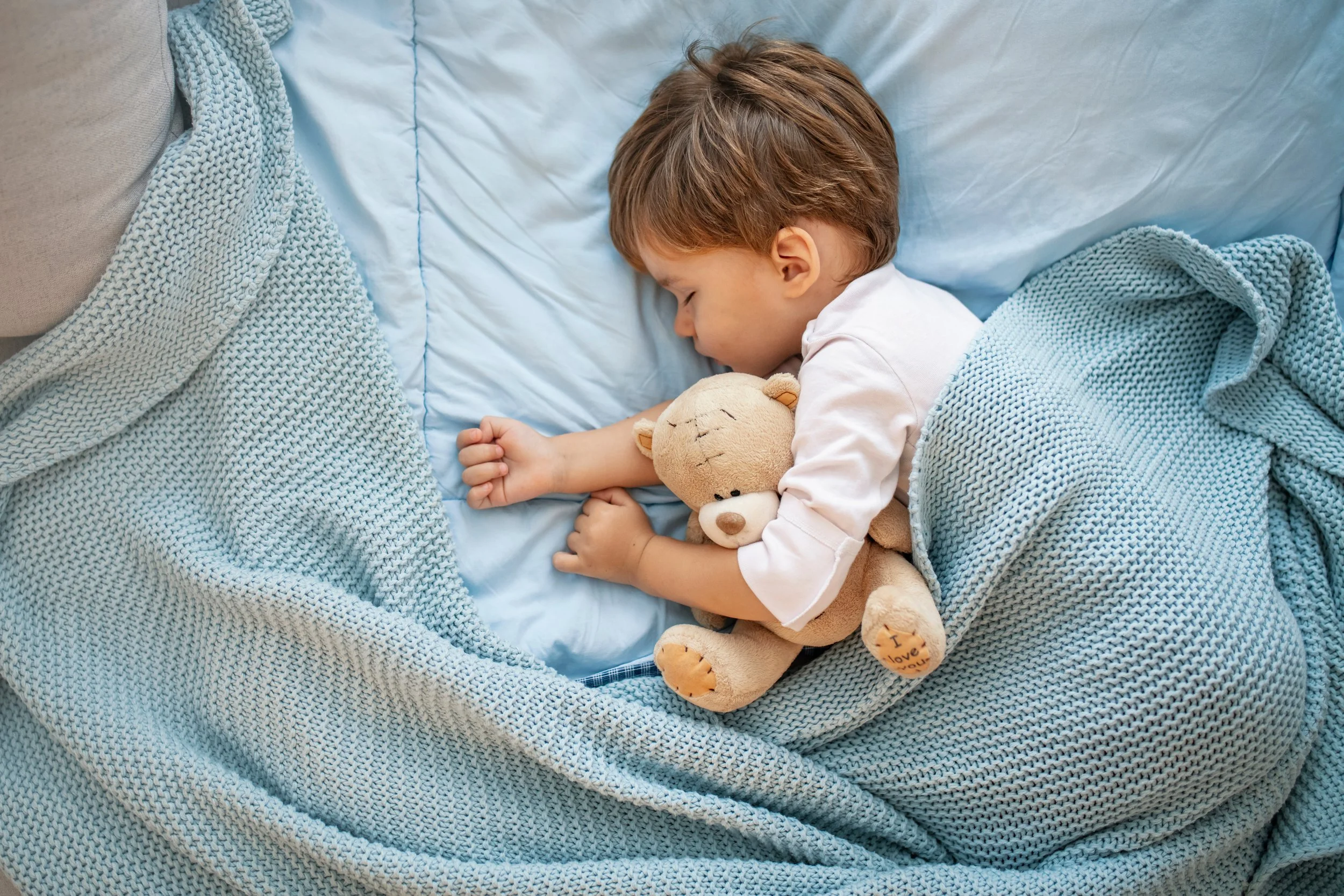If you’re a parent, you’ve probably heard of attachment theory — the basis of which is that our little ones need a healthy, secure attachment to at least one caregiver. They need our warmth, our love, our touch, and our responsiveness to develop a healthy, emotional balance and attachment and sense of security.
Unfortunately, the term “attachment” is often misinterpreted to mean a stick-like-glue, attached-at-the hip type of thing, and that you have to instantly respond to every little peep. But what's also a very important part of it is to know when your child doesn't need your help and is ready for the challenges that come with development and learning — and not impeding that process for them. That’s where attunement comes in.
Finding the Balance Between Attachment and Attunement
By Meg Meadows, Senior Sleep Consultant
Attachment is all about being that unwavering base for our children to feel confident and secure exploring the world around them. Independence then stems from having this secure base.
Having inner attunement is something that's not often translated for parents, but it’s also really important. Inner attunement is about growing and developing inner self-confidence and the ability to be comfortable with oneself, which is a very basic human need. It’s ultimately the basis for all human kindness and empathy; having internal love for yourself and for others.
How to Identify and Nurture Attunement
Parents and caregivers grow attunement by giving children the opportunity to develop and learn in times of separation or challenge.
A good example of this is when your little one is struggling to fit the piece of a puzzle. You see their little hands just trying to get that triangle in the triangle slot and you definitely have the urge as a parent to just kind of tweak it a little bit and get that triangle in there. That’s all well and good, but what happens when you do that is you then take away your child’s opportunity to learn and to ultimately feel that sense of accomplishment and confidence in themselves that they did it — they mastered that challenge!
The Attuned Approach
Having an attuned stance is about taking a more curious stance and not being so knee-jerk. A lot of times, especially when our children are crying or they're upset, we can have a very visceral response and have a knee-jerk reaction to right away intervene and take care of the problem. But having a more attuned stance gives you the moment to step back, pause, and assess what's going on. See if you can allow your child the opportunity for growth by seeing if they will start to “get it” on their own in terms of sleep training by allowing them the opportunity to settle on their own and see if they can master that skill (and, of course, go in to comfort when needed).
How to Know When to Intervene
It can be a tricky balance between not over-helping and not under-helping. But think of it as a more curious stance; ask yourself, “Okay, what's going on? What is this upset really about?” You can practice this during the day during times of calm. For example, if you notice your little one staring off into space, or perhaps they’ve lost interest in whatever toy they're playing with, start to take this curious stance. Watch them and see what they're doing. You don't always need to have that intervene. You don't always need to have the interaction. Sometimes, allowing them that space to kind of figure things out on their own is immensely profound for their sense of internal attunement.
The same thing goes for sleep. Notice the moments once your child gains those independent sleep skills and they're in their crib or bed, and they’ve woken up but they aren't unhappy. You don't have to rush right in, even if the nap is over. If they're not unhappy, it's really healthy to allow them that space to just kind of be with themselves and be comfortable learning how to be in their own space.
Putting It All Together
To sum it all, up, attachment and attunement is the perfect balance of having that secure base to feel confident to go explore the world and become independent on their own, while knowing they have the love and support of a parent who’s not far at all.
All team members have completed training with Kelly and have learned the Murray Method. Kelly continues to support, guide and oversee the Sleep Squad as they work with the families who trust in us. That way, all clients will experience the same amazing results (and lots and lots of sleep) regardless of who supports them.
Not sure if you need to work one-on-one but need guidance?
Check out our digital course → The Murray Method for Babies
Sweet Dreams
Kelly Murray is a certified sleep coach and an award-winning pediatric sleep consultant based in Chicago offering sleep coaching services nationwide.














